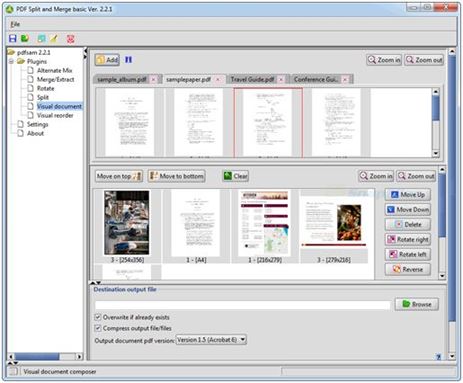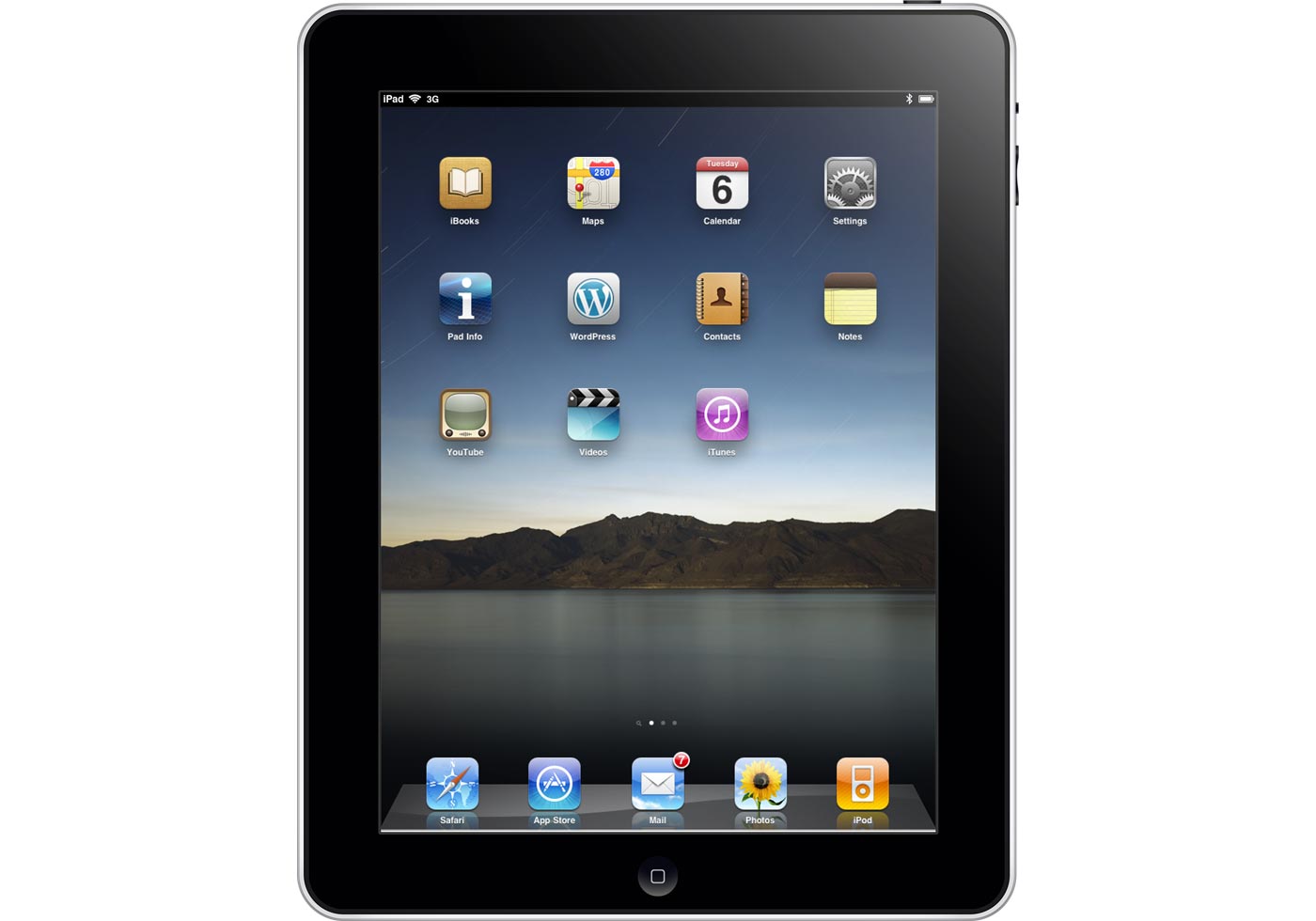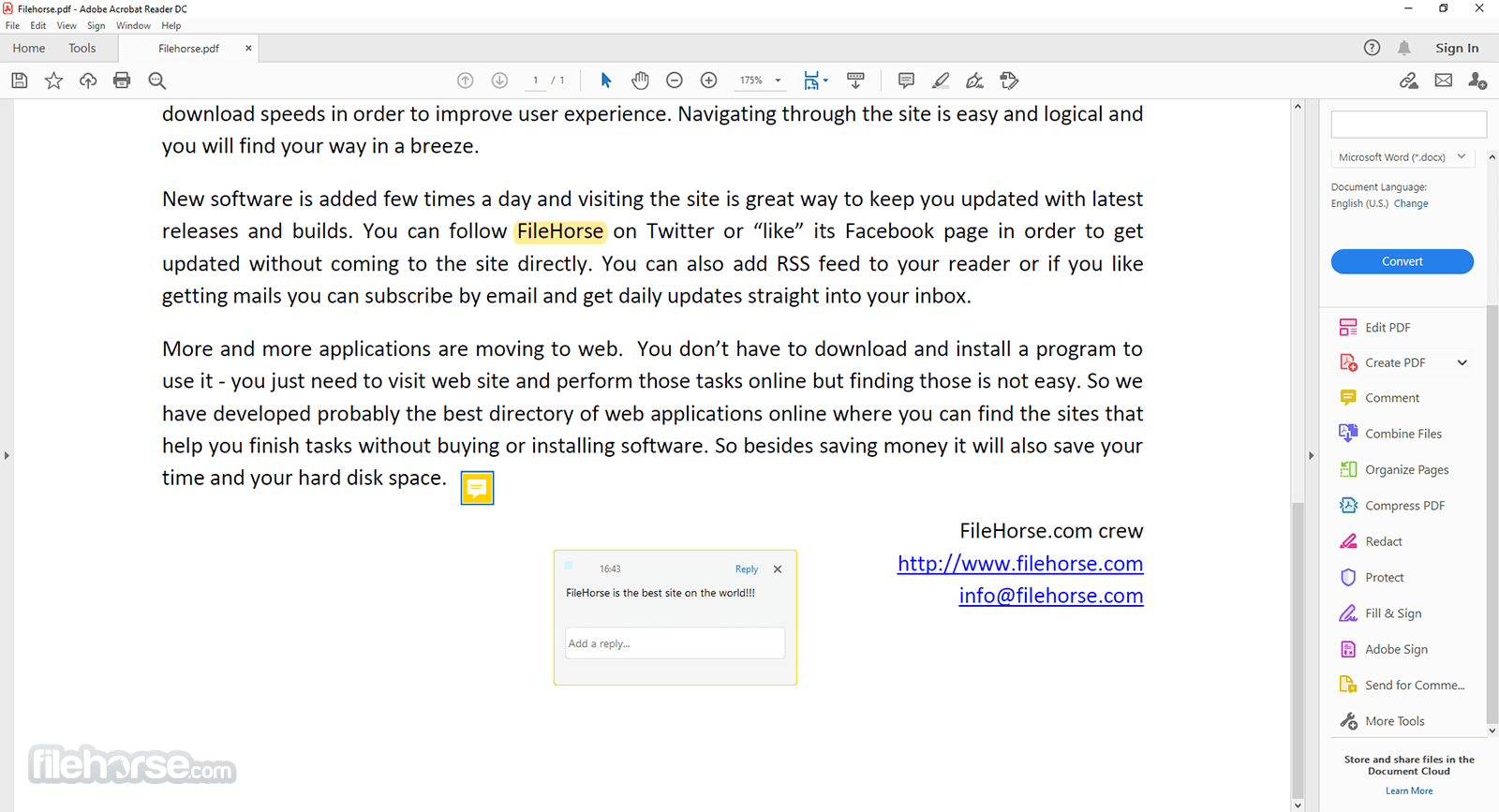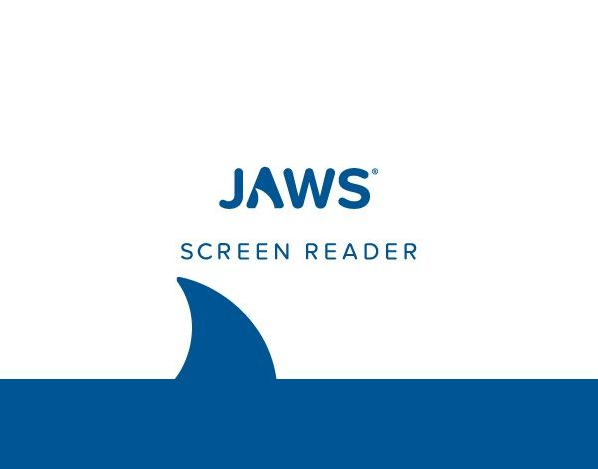Free Screen Reader For Mac
A Free Solution. We have spent the last 12 years developing the global solution: a free, high quality screen reader, accessible to all! We have already enabled 100,000+ people to gain freedom, education and employment! ITop Screen Recorder is an easy-to-use and free screen recorder for Windows (PC). You can record the PC screen with the intimate countdown guide. No restrictions on video length, no watermarks, bundled software, and ad-free. Besides, this free recording software provides dozens of export options and format conversion.
Free Screen Reader Software
About 95% of the web is inaccessible for persons with visual impairment. But, this does not necessarily mean that persons with visual impairment cannot walk hand in hand with the ever-growing digital world. Assistive software, called screen readers, can be installed on any computer. These software pieces make it easier for persons with visual impairment to use the computer and browse the Internet on their own. Thus, screen readers are very important for enhancing information accessibility for people with visual impairment.
Narrator is the built-in screen reader that is part of Windows. To start Narrator: Press the Windows key to open the Start Menu, type 'Narrator', and press Enter. – OR – Use the Ease Of Access section in the Windows settings. Set Narrator to On. Voice Over is the built-in screen reader provided with the Mac. To start Voice Over. Now, if you are a Mac user, you can give Easy Screen OCR a try. Just drag your mouse cursor to take a snapshot, then click OCR button. Wait for a second, you will get editable and copiable text grabbed from the picture. What you see in the picture is what you get from EasyScreenOCR for Mac. Screen reader Creator Supported platforms License Notes BRLTTY The BRLTTY Team.nix, Windows console, DOS, Android Free and open source Available to download; part of most Linux distributions ChromeVox Google: Chrome OS or, with a speech processor, Linux, Mac, Windows Free ChromeVox is a screen reader for Chrome and Chrome OS.
Screen readers are the software that either read the texts displayed on the computer or display them on an attached braille display.
Here we are giving you the list of most popular screen readers. But, before installing any one of them, make sure the software is compatible with your OS and braille screen (if you use one). It would also be good if you check command structure and keystrokes of the software beforehand to make sure you can easily learn them. Some of the given screen readers are paid software, while the others are free. If you feel the need to upgrade to a paid version of a screen reader, do it happily because this will be the best investment — an investment for self-dependency.
Most Popular Screen Reader Software (Both Free and Paid)
1. Job Access With Speech (JAWS)
This is one of the most popular screen readers all over the world. It is compatible with all versions of Windows OS since Windows Vista. JAWS helps you surf the internet, read out any text on the computer screen including e-books, word-processor. To run JAWS on your computer you need 1.5GHz processor speed and 4 GB RAM. It is a pretty common computer configuration these days. So no worries!
2. Non Visual Desktop Access (NVDA)
This software is the most popular among the free screen readers. For the first time users, this can be the best option to get familiarized with the screen readers. To run this software smoothly, you need 1.0 GHz processor speed, 256 MB RAM, and 90 MB storage space. This free software supports 32-bit and 64-bit Windows versions since Windows XP.
3. Apple VoiceOver

This is the best screen readers for Mac users due to its deep, OS-level integration that has been specifically designed for Mac OS X. If you are a Mac or iPhone user, this is the ultimate screen reader for you. In addition to the normal functions of screen readers, VoiceOver has been mapped to the touchpad and gestures — making it a smart screen reader.
4. Orca
Linux has recently gained a good popularity. If you use Linux as your OS, Orca is the best screen reader for you. Obviously, there are a few more screen readers for Linux but Orca is the most popular one. Orca has also been included in the Ubuntu installation CD to allow the blind and persons with visual impairments to get audible interaction during the installation process just after a few keystrokes.
5. Dolphin Screen Reader
This paid screen reader is popular among individuals as well as organizations due to its high-quality features. Before buying this software, make sure you have a processor equal to or faster than 1.5 GHz, 2 GB RAM and a storage space of 5 GB. Unlike most of the other screen readers, Dolphin Screen Reader provides you with a natural-sounding text-to-speech voice. And, the software is packed with all the features one can expect from a top-quality screen reader.
This is WeCapable’s handpicked list of best screen readers. If you have used a screen reader that, according to you, deserves to be on the list of best screen readers — please communicate to us through your comments. We love to hear from our readers!

Use the citation below to add this article to your bibliography
'Best Screen Readers for Persons with Visual Impairment.'Wecapable.com. Web. October 2, 2021. <https://wecapable.com/best-screen-readers-free-paid/>
Wecapable.com, 'Best Screen Readers for Persons with Visual Impairment.' Accessed October 2, 2021. https://wecapable.com/best-screen-readers-free-paid/
'Best Screen Readers for Persons with Visual Impairment.' (n.d.). Wecapable.com. Retrieved October 2, 2021 from https://wecapable.com/best-screen-readers-free-paid/
A screen reader is a voice synthesis software used by the visually impaired and the blind. It allows the user to interact with the computer and listen to what is displayed as text (usually) on the screen.
There are several screen readers, the most prevalent are:
- NVDA: free, available for Windows.
- Jaws: commercial, available for Windows. In trial mode, you can only use it for 40 minutes, but if you restart your computer you can use it again.
- VoiceOver: free, available for Mac. It is directly integrated into the MacOS system.
Getting started with NVDA #
NVDA is a free screen reader available for Windows.
Installation #
Free Screen Reader For Mac
Download the NVDA installer on the official website.
The default voice is not very good but it is very reactive. It is not mandatory, but you can download extra voices. Then just go to preferences to change NVDA voice settings.
Configuration #
At first startup, NVDA is configured to vocalize whatever the mouse pointer is over. This mode is used by visually-impaired people who have difficulties reading the text displayed on the screen, for example. It is recommended to disable this option if you use NVDA to test accessibility on your pages.
To disable this navigation mode, right-click on the NVDA icon located in the notification area. Then go to Preferences > Mouse settings and uncheck “Enable mouse tracking”.
Finally, it is advisable to change the default playback mode. On a webpage use the following keyboard shortcut Ins+v to disable the “screen layout is preserved” option and then save this configuration as default using the shortcut Ins+Ctrl+c.
Navigating web pages #
The main useful shortcuts to test navigation in a web page using NVDA are:
- Ctrl+Alt+N to turn NVDA on.
- Ins+Q to turn NVDA off.
- Up and down keys to go to the next or the prior line.
- Left and right keys to move forward or backward one character
- Ctrl+Home to move to the top of the page.
- Ctrl+End to move to the bottom of the page.
- Ins+F7 to display the heading list and the link list.
- Ctrl to mute NVDA.
- Ins+T to read the page title.
- H and shift+H to jump to the next title or the previous title (
H1toH6title tags). - B and shift+B to move through buttons.
- C and shift+C to move through drop down lists (Combobox).
- D and shift+D to move through ARIA landmarks.
- E and shift+E to move through text fields.
- F and shift+F to move through forms.
- G and shift+G to move through images (Graphics).
- I and shift+I to move through HTML list items.
- K and shift+K to move through links.
- L and shift+L to move through HTML lists.
- M and shift+M to move through frames and iframes.
- O and shift+O to move through embedded objects (flash). Press Ins+Space to start interaction. Esc to finish interaction.
- Q and shift+Q to move through quotes (blockquote).
- R and shift+R to move through radio buttons.
- T and shift+T to move through tables.
- X and shift+X to move through checkboxes.
- Spacebar to check or uncheck a checkbox.
- Ins+shift+S allows to pause NVDA only in the current application.
Also note that NVDA has a speech viewer (Tools > Speech viewer), it displays everything that is vocalized.
Getting Started with Jaws #
Jaws is a commercial and very famous screen reader, available for Windows. It is used primarily with Internet Explorer. In trial, you can only use it 40 min, but if you restart your computer you can use it again.
Installation #
You can download Jaws directly from the Freedom Scientific site.
Navigating web pages #
The most useful shortcuts to test navigation in a Web page with JAWS:
- Up and down keys to go to the next or the prior line.
- Ins+T to read the page title.
- Ins+F5 to display the form fields list.
- Ins+F6 to display header list.
- Ins+F7 to display link list.
- Spacebar to check or uncheck a checkbox.
- Ctrl to mute Jaws.
Getting Started with VoiceOver #


VoiceOver screen reader is only available on Mac. It requires no installation since it is integrated directly into the system.
You can activate VoiceOver from System Preferences > Accessibility. Or directly using the shortcut Command+F5.
Navigating web pages #
When launching VoiceOver, it displays an interactive guide to learn the key shortcuts. You should have a look at it.
But here are the main shortcuts:
- Ctrl+Option+Right and Ctrl+Option+Left to go to the next or the prior line.
- Ctrl+Option+U to access the header, link, form field lists... (use the left and right arrows to navigate between lists).
- Ctrl to mute VoiceOver.
- Ctrl+Option [Uh-oh, something is missing here, we’ll come back to it, sorry.]